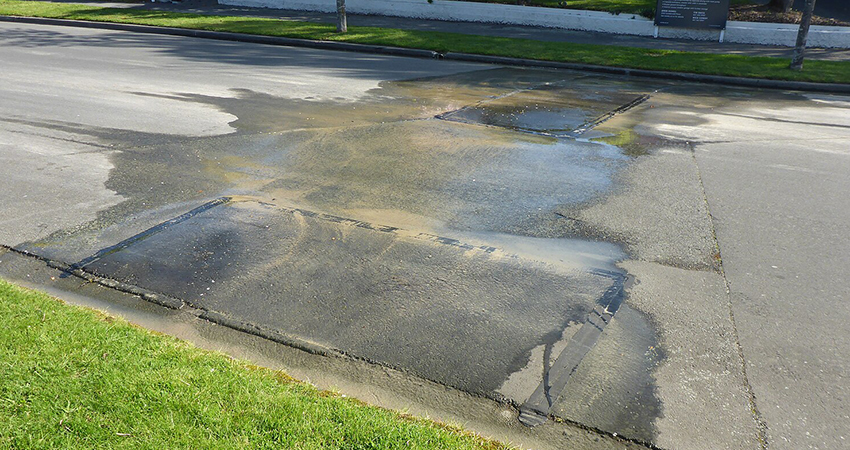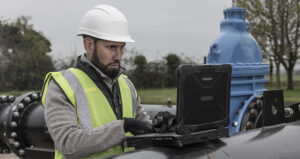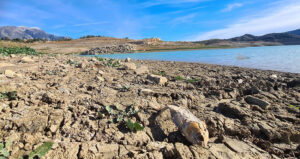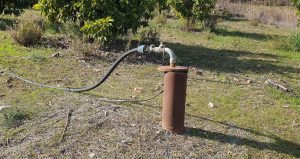French water saving plan to combat drought

-
 Fergal MacErlean
Fergal MacErlean
Share article:
This spring the French President Emmanuel Macron presented a water saving plan with aims for a 10% reduction in water use by 2030, and to increase the treatment and reuse of wastewater from 1% to 10%. The plan’s 53 different measures detail ways of reusing and sharing water in addition to avoiding leaks – nationally 20% of drinking water is lost due to leaks.
The water saving plan includes an emergency fund of € 180 million to fix leaks and upgrade networks in the most at-risk areas. Across the European Union as a whole water leakage is being tackled under the revised European Drinking Water Directive, which came into force in January 2021. It states that with the improvement of monitoring techniques, leakage rates have become increasingly apparent. Water leakage levels should be assessed by all Member States and reduced if they are above a certain threshold. With these investments France has made a first step to comply with the new European law.
More measures
Nuclear power stations – a major consumer of water in France – will also receive investment to adapt their cooling systems. In March Macron did not announce any restrictions on the agriculture sector – the biggest water user in France – but talked about introducing new technology such as ‘intelligent drip systems’ and announced € 30 million in funding to help farmers to adapt. He said: “I believe in our agriculture, but … we must adapt our modes of cultivation. Farmers who set up in 2023 will need to be able to adapt to the climate of 2050.” But late May the government also outlined 10 measures as part of an updated drought guide. This bans irrigation in areas experiencing a drought crisis with other restrictions on the use of water in municipalities depending on the severity of the drought.
Progressive pricing
The president also spoke of progressive pricing as an incentive to limit water use and said the government will develop an app so that households can track their water usage. Macron added that the budget for the country’s water agencies would increase by € 500 million per year, which will mean an increase in the general budget for the water economy of € 6 billion.
Drought
France, in common with many central and southern European countries, is facing rising temperatures and sea levels, and the increasing occurrence of heatwaves, droughts, and forest fires. This trend was particularly apparent last summer when two-thirds of the country was at crisis alert by early August and 100 villages ran out of drinking water. With the average temperature in mainland France 3°C warmer than at the start of the 20th century, 2022 was the hottest year recorded in France since 1900, the government said on 23 May as it launched an online public consultation on the adaptation to climate change. Worryingly, an even drier summer is forecast this year while the French geological service BRGM warned in mid-April that ‘75% of aquifer levels remain below average monthly levels’ and that ‘many areas are at risk of drought during the summer period.’
Fair distribution of water
In a recent European Commission country report on France it was noted that ‘it is projected that by 2050 two billion cubic metres of water will be lacking.’ And the report pulls no punches when it states that ‘this questions the fair and sustainable distribution of scarce resources for biodiversity, agriculture, energy production and drinking purposes’.














